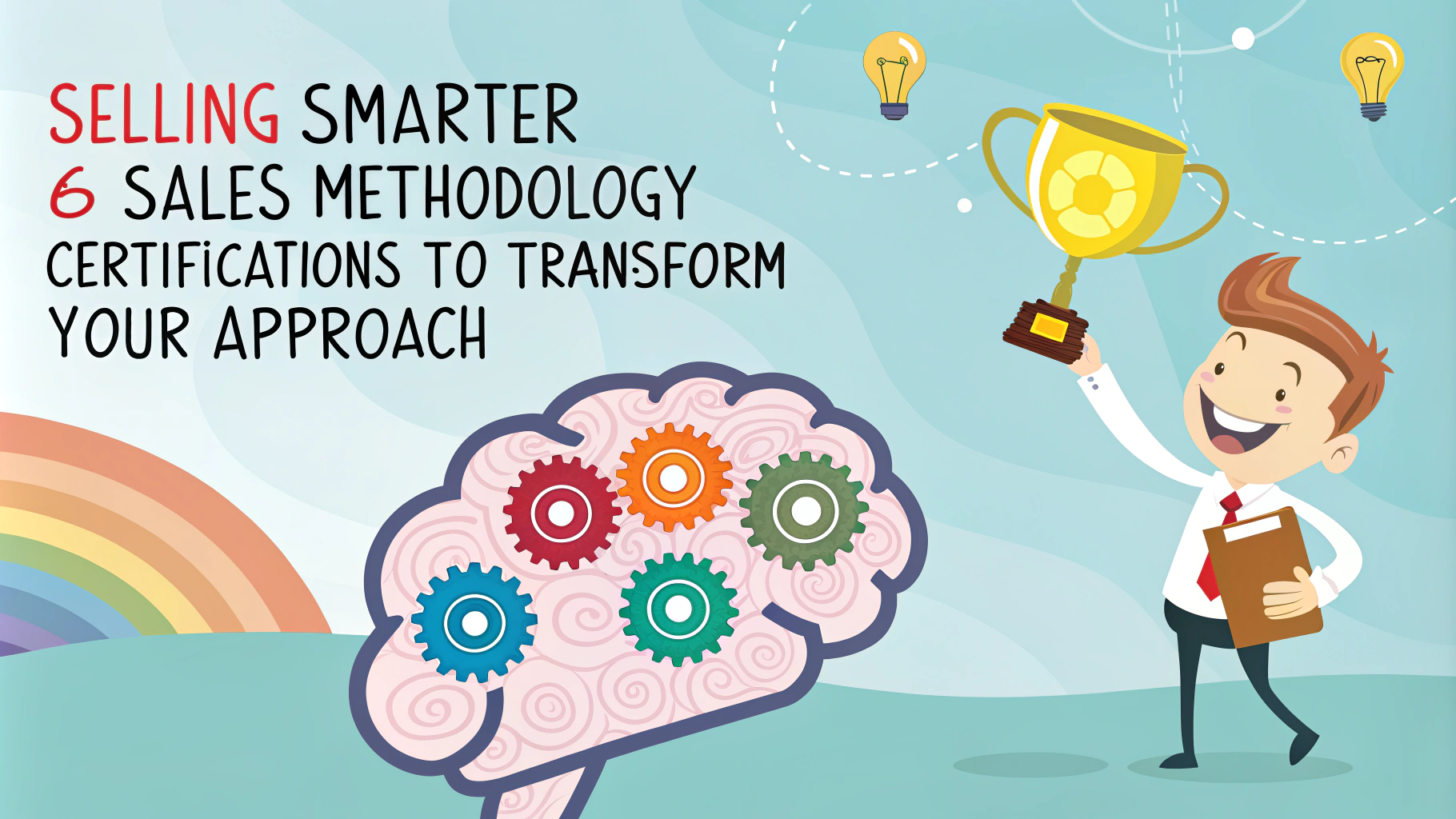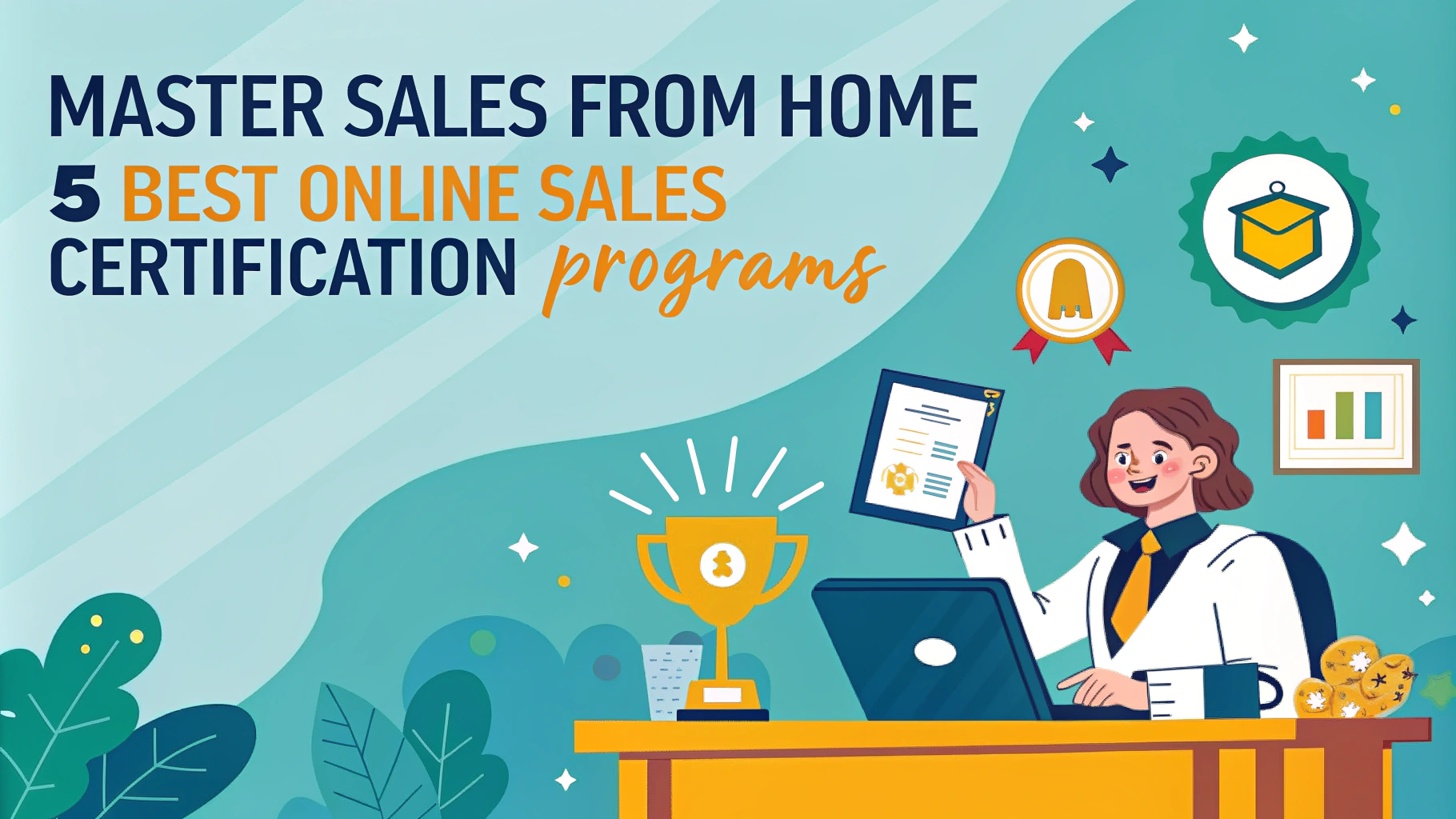Sales training is essential for developing a high-performing sales team.
However, misconceptions about effective training methods can hinder progress and waste resources.
This article examines common sales training myths and provides insights into strategies that genuinely drive results.
The Myth of One-Size-Fits-All Training
A prevalent misconception in sales training is that a single approach works for everyone.
In reality, effective training programs must be tailored to individual needs and organizational goals.
Customization allows for addressing specific skill gaps and aligning with company objectives.
Personalized training plans can significantly improve retention and application of new skills.
Key aspects of customized training:
- Assessment of individual strengths and weaknesses
- Alignment with company sales processes and methodologies
- Integration of industry-specific knowledge and challenges
- Adaptability to different learning styles and experience levels
The Illusion of Quick Fixes
Many believe that a single training session can transform sales performance overnight.
Effective sales training is an ongoing process, not a one-time event.
Sustainable improvement requires consistent reinforcement and practice over time.
Regular follow-ups and coaching sessions are crucial for long-term skill development.
Elements of continuous learning:
- Regular skill refresher sessions
- On-the-job coaching and mentoring
- Performance tracking and feedback loops
- Access to ongoing learning resources and tools
The Fallacy of Information Overload
Some training programs attempt to cover too much material in a short time.
This approach often leads to poor retention and minimal practical application.
Effective training focuses on key concepts and allows time for practice and assimilation.
Quality of content and depth of understanding are more valuable than quantity of information.
Strategies for focused learning:
- Prioritize core competencies and critical skills
- Use spaced repetition techniques for better retention
- Incorporate hands-on exercises and role-playing scenarios
- Provide digestible content in smaller, manageable modules
The Myth of Passive Learning
Lecture-style training sessions are often less effective than interactive learning experiences.
Engaging participants through active learning techniques improves retention and skill application.
Role-playing, simulations, and group discussions foster deeper understanding and practical skills.
Interactive training also allows for immediate feedback and peer learning opportunities.
Active learning methods:
- Case study analyses
- Sales scenario simulations
- Peer-to-peer coaching sessions
- Interactive technology-based learning tools
The Misconception of Isolated Training
Sales training should not be viewed as separate from other business functions.
Effective training programs integrate with marketing, product development, and customer service.
Cross-functional alignment ensures that sales strategies reflect the entire customer experience.
Collaboration across departments enhances the relevance and impact of sales training.
Benefits of integrated training:
- Improved product knowledge and positioning
- Better understanding of customer needs and pain points
- Enhanced ability to communicate value propositions
- Increased alignment between sales and company-wide objectives
Conclusion
Effective sales training requires a strategic, tailored approach that goes beyond common myths.
Continuous, interactive, and integrated learning experiences yield the best results for sales teams.
By debunking these myths, organizations can develop training programs that truly drive sales performance and business growth.
FAQs
- Why do traditional sales training programs often fail to deliver lasting results? Traditional programs often fail because they focus on one-time events rather than continuous learning, lack real-world application, and don’t account for individual learning styles and existing skill levels.
- How long does it typically take to see measurable results from sales training? Research shows that meaningful behavioral change in sales performance typically requires 90-120 days of consistent practice and reinforcement, not just a few days of training.
- What role does technology play in modern sales training effectiveness? Technology enables microlearning, virtual role-playing, performance tracking, and just-in-time learning resources, making training more accessible and measurable while allowing for personalized learning paths.
- Is peer-to-peer learning more effective than traditional instructor-led training? Studies show that combining peer-to-peer learning with expert instruction creates the highest retention rates, as it provides both theoretical knowledge and practical experience sharing.
- What metrics should be used to measure sales training ROI? Key metrics include conversion rate improvements, reduced sales cycle length, increased average deal size, improved win rates, and customer satisfaction scores post-training.
- How important is role-playing in sales training? Role-playing is crucial as it provides safe practice environments, improves confidence, and helps retain information through active learning – studies show retention rates of up to 75% compared to 5% with lecture-only formats.
- What’s the optimal frequency for sales training sessions? Regular shorter sessions (30-60 minutes) conducted weekly or bi-weekly show better results than intensive multi-day workshops, as they allow for better retention and practical application.
- Does one-size-fits-all sales training work? No, research indicates that personalized training programs addressing specific skill gaps and accounting for individual learning styles yield 20-30% better results than standardized approaches.
- How does sales training need to adapt for virtual selling environments? Modern sales training must include digital communication skills, virtual presentation techniques, online relationship building, and effective use of sales technology platforms.
- What is the most effective way to reinforce sales training? The most effective reinforcement combines regular coaching, practical application opportunities, performance feedback, and microlearning content delivered through mobile platforms for just-in-time access.





